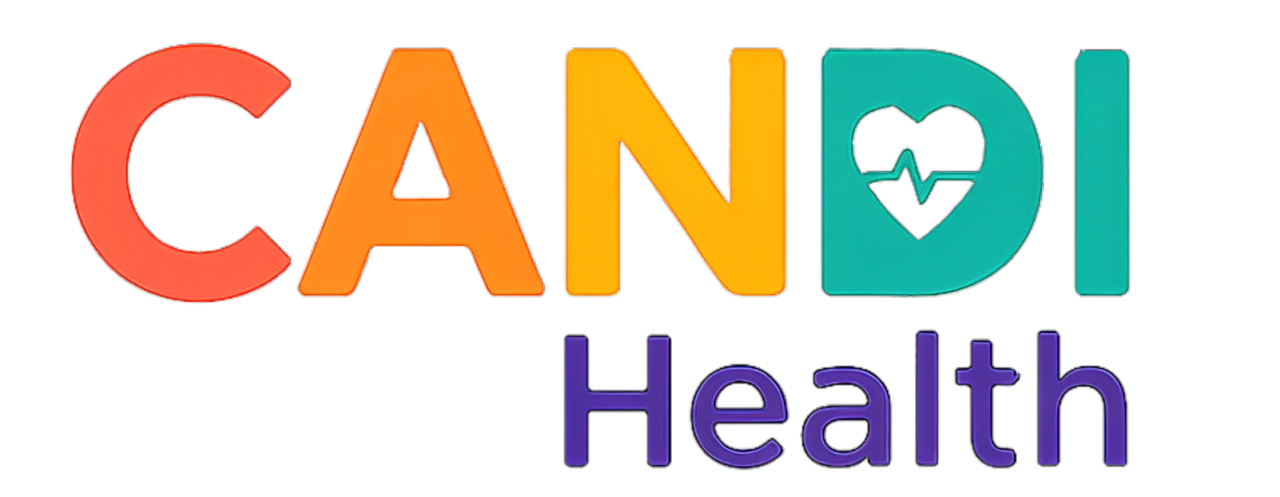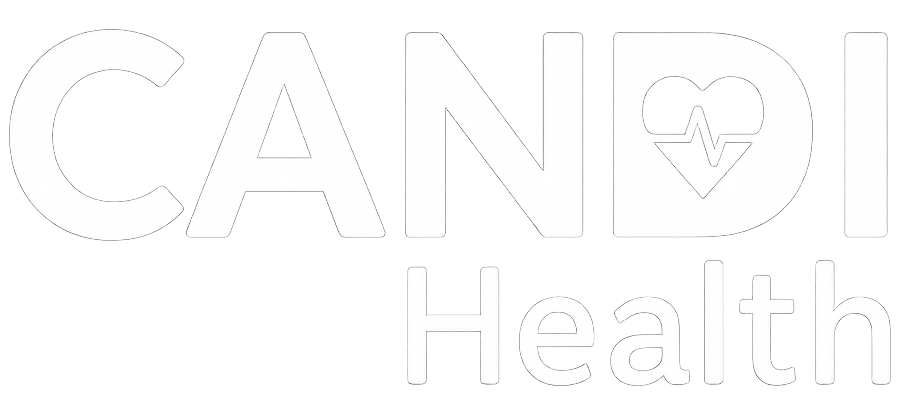RPM CPT Codes & Reimbursement Rates
Remote Patient Monitoring (RPM) services are reimbursed by Medicare and many private insurers using specific CPT codes. These codes represent different parts of the monitoring process — from setup to ongoing care — and determine how your clinic gets paid for providing RPM services.
What Are RPM CPT Codes?
RPM CPT codes are used by healthcare providers to bill for monitoring patients outside the clinic using connected devices. These codes track the time spent setting up the service, collecting and analyzing data, and engaging with patients as part of their care plan.
Clinics must meet certain conditions to bill these codes, including using FDA-cleared devices, obtaining patient consent, and maintaining proper documentation of service time and interaction.
Below is a breakdown of the key RPM-related CPT codes, along with their national average Medicare reimbursement rates for non-facility settings.
| CPT Code | Description | Reimbursement Amount | Billing Frequency |
|---|---|---|---|
| 99453 | Initial setup and patient education | $19.73 | One-time per patient |
| 99454 | Monthly remote monitoring with daily recordings from the connected device | $43.02 | Monthly |
| 99457 | Monitoring and treatment of the patient for at least 20 minutes throughout the month | $47.87 | Monthly |
| 99458 | Each additional 20 minutes of monitoring | $38.49 | Monthly |
Note: All figures listed above are taken from the official CMS Physician Fee Schedule. You can use that tool to search CPT codes and view the latest national and regional Medicare rates.
CPT Code Explanations
99453 – Initial Setup and Patient Education
This code is used when a patient is enrolled into the RPM program. It includes setting up the monitoring device and explaining how the patient will use it. This is a one-time billable service per patient.99454 – Device Supply and Daily Data Transmission
This code covers the supply of the monitoring device and the collection, transmission, and storage of data every day for a 30-day period. It is billed once per calendar month if data is collected for at least 16 days.99457 – First 20 Minutes of Care Management
This code applies when a healthcare provider spends at least 20 minutes in a calendar month reviewing patient data and interacting with the patient or their caregiver. It includes communication via phone or other synchronous methods.99458 – Additional 20 Minutes of Care Management
This code is used in addition to 99457 when more time is spent on care management. It can be billed for each additional 20-minute block beyond the first 20 minutes in a given month.Frequently Asked Questions
Can I bill both 99457 and 99458 in the same month?
Yes. 99457 covers the first 20 minutes of patient interaction. If additional time is documented, you may bill 99458 for each extra 20-minute segment.
Do I need to obtain patient consent?
What if a patient doesn’t use the device for 16 days?
Are RPM services covered only for Medicare patients?
Ready to Make RPM Billing Easier?
Managing CPT codes, tracking time, and ensuring compliance can take up valuable clinical hours. CandiHealth helps streamline this process — so your team can focus on patient care while staying fully reimbursed for the work you do.
Whether you’re just starting with RPM or want to improve your current billing workflow, our team can walk you through every step.

